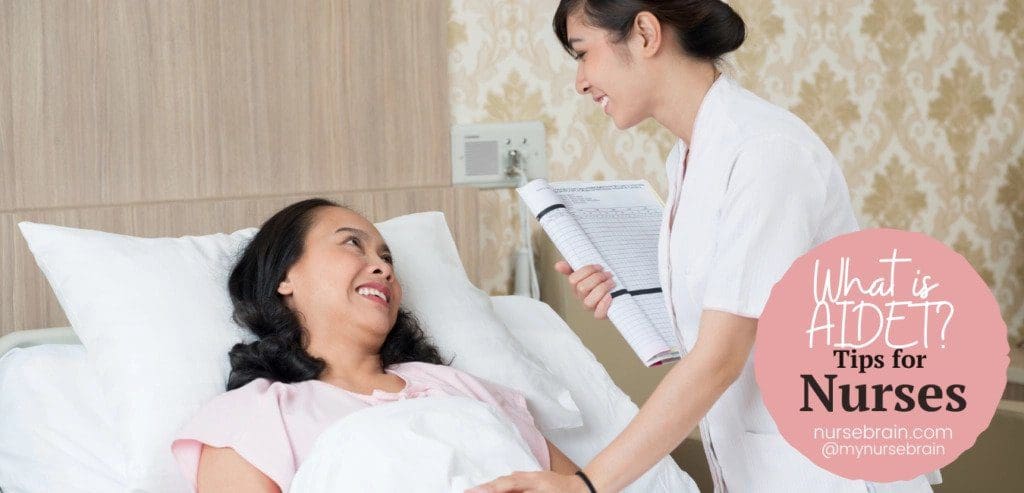AIDET refers to certain communication behaviors that build a positive relationship between a nurse and a patient. It was introduced by the Studer Group and stands for Acknowledge, Introduce, Duration, Explanation, and Thank you. According to Huron (2021), AIDET is a framework used by health care professionals which helps reduce patient stress/anxiety and increases patient compliance to treatment. It also improves clinical outcomes.
AIDET is used in all departments and disciplines in a hospital – this includes nurses, doctors, food services, administrators, etc, and everyone who is involved in care.
The components of AIDET are described as follows:
Acknowledge:
This component refers to greeting and acknowledging the presence of the patient and family members and giving a smile and eye contact. It also refers to the acknowledgment of the patient and any anxiety they might have. Let’s take a look at this example for more clarity.
“Hello Ms. Susan, Good morning, hope you are doing well. This is the medical-surgical ward of XYZ Hospital.”
Introduce:
It refers to nurse introduction. It is your patient’s right to know your name and title.
“Good morning Mr. Wilson, my name is Rita and I am a Head Nurse here in this ward. You are under the care of Dr. Watson who is an oncologist and Nurse Samuel will also be taking care of you in the morning shift.’
Duration:
Inform the patient on the important durations and timings of events such as doctor rounds, procedures, test results, etc.
“Dr. Smith will be doing rounds from 0900 to 1200 hours. He can visit you any time within this duration.”
Explanation:
Explain the treatment plans and procedures. In addition, give information about the medication that the patient has to take and also show them how to contact nurses using the call button.”
“Mrs. Sofia, as your angiography is planned, I will be preparing your skin for the procedure. We will have to shave your groin area as a catheter will be inserted into the femoral artery which travels up to the arteries of your heart (coronary arteries) to check whether there is any blockage.”
Thank you:
Say thank you to the patient and family members after you have conveyed the message. Thank the patient and family for opting for your health care facility. And show gratitude to family members for supporting the patient.
“Mr. William, I have explained to you the care of a fractured foot at home. Here is your discharge summary. I would like to thank you for your cooperation as a patient and your family for their support.”
Significance of AIDET in Nursing practice
The importance of a framework in nursing, or any other discipline, is that it provides a pathway to reach a certain goal. The goal of applying AIDET as a communication framework in nursing is that it helps to achieve customer satisfaction and loyalty by building a relationship between the nurse and patient/client. It also reduces the stress and anxiety levels of patients.
The AIDET framework also helps nurses to improve their communication with patients which contributes to a smooth hospital stay for patients and enables them to share their concerns knowing the healthcare professional or the nurse is a trustworthy person. It helps make patients feel valued and improves their hospital experience.
Case scenario:
Mary is a registered nurse who works in a surgical ward. She receives a 60-year-old patient who is admitted electively for a hysterectomy as the patient has developed fibroids. The patient has anxiety related to the hospital environment and is also stressed about the surgery.
Mary uses AIDET as a communication tool to communicate with the patient.
She meets and greets the patient and the family and introduces herself. She acknowledges the patient’s fears related to the surgery and provides information related to the surgical procedure. She informs the patient that she will be moved to the operation room (OR) in about 2-3 hours. Mary ensures that the patient has taken the required medication before surgery and maintained Nothing Per Oral (NPO) status for 8-12 hours. She then explains to the patient that she will be taken to the pre-op area for 15-20 minutes where the doctors will ask her a few questions before surgery that will be related to her health status. In addition, they perform IV cannulation and apply DVT stockings on the patient’s legs. Then she will be moved to OR where general anesthesia will be provided, and the uterus will be removed. The patient will be brought to the recovery room and then back to the ward. In case the patient faces breathing issues or any other complications, they will be managed in the recovery room. This explanation reduces the patient’s anxiety and stress related to the hysterectomy. Mary also informs the patient that a hysterectomy takes 1-3 hours and she will have to stay overnight under observation so the physician can monitor her condition.
After the surgery, the nurse also counsels the patient about home care post operation, encourages her to ask questions, and responds to queries patiently. In the end, she says thank you to end the conversation and returns to the nursing station.
This is an example of the application of the AIDET framework by a nurse communicating with an anxious client.
For more nursing topics and content, make sure to subscribe to our free newsletter and to follow us on social media!


